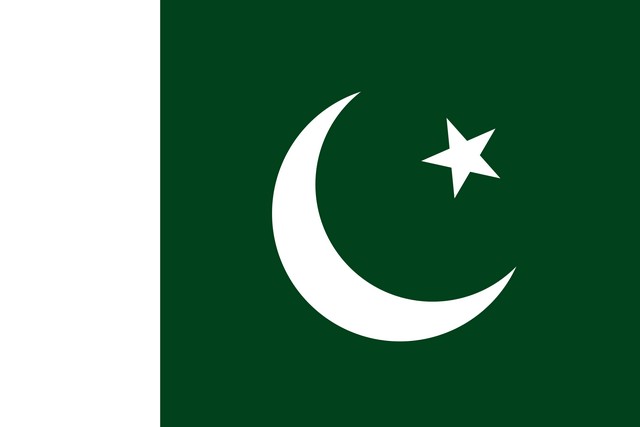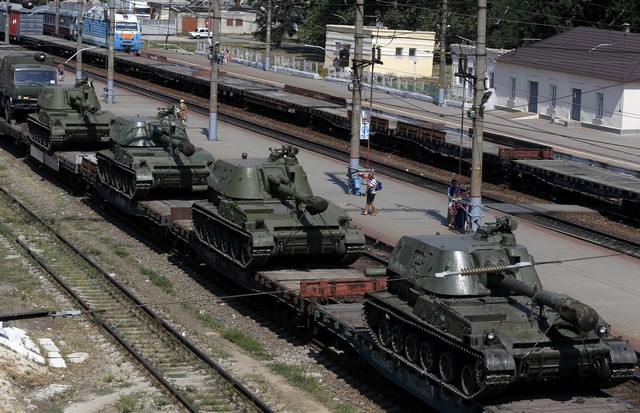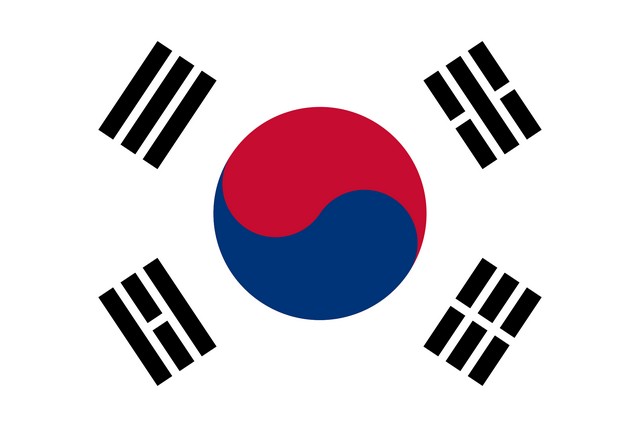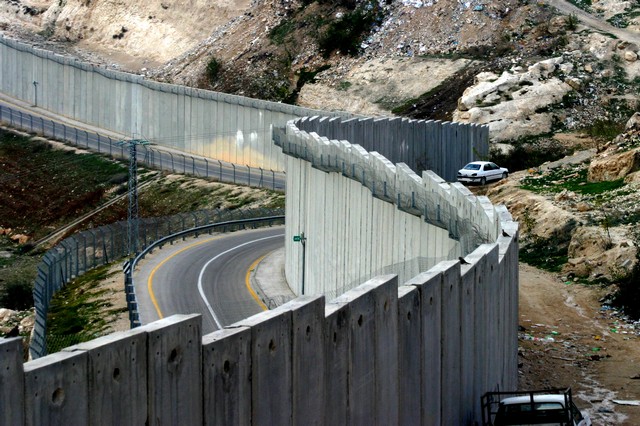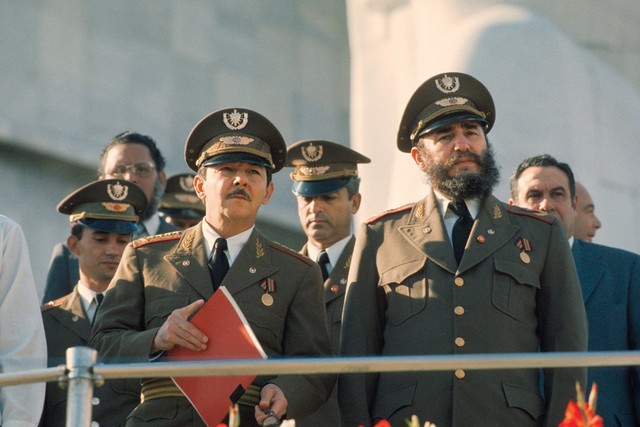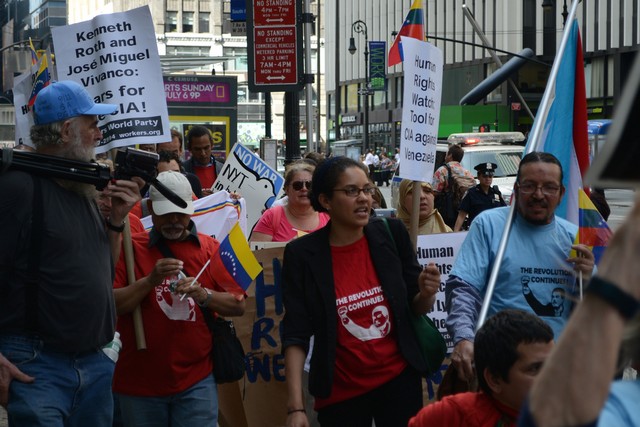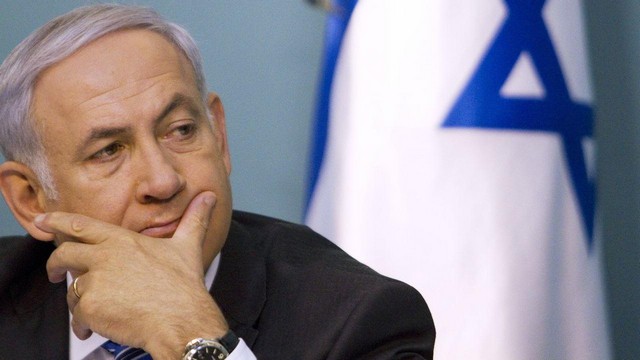By Farooque Chowdhury
Latin America again sets example of solidarity and unity against imperialist intervention as the Empire threatens Venezuela with sanctions. In this moment of anti-imperialist struggle, Fidel Castro expresses solidarity to Venezuela, and Venezuela debunks a mainstream manufactured myth – the mismanaged country is on the brink of defaulting – as the republic recently serviced its debt with a US$1 billion payment.
Venezuela expresses its preparedness to talk to the US in a peaceful and civilized manner. At the same time, the republic has expressed unequivocally: Venezuela will never tolerate threats or impositions of sanctions.
Fidel: Last drop of blood for homeland
Fidel Castro, the leader of the Cuban revolution, in a message to Nicolas Maduro, the president of Venezuela, said: Venezuela is prepared to confront US “threats and impositions”. The March 16 message said: The US could no longer count on the Venezuelan military to do its bidding.
Referring to the ALBA summit scheduled to be held in Caracas Fidel’s message said: The summit will analyze the outrageous policy of the US toward Venezuela and ALBA.
Fidel’s message cites background of ALBA that tells enormous possibilities in the region:
“The idea of creating this organization came from Chavez himself, wanting to share with his Caribbean brothers and sisters the enormous economic resources with which nature had blessed his native homeland, the benefits of which had however landed in the hands of powerful US corporations, and a few Venezuelan millionaires.”
The Cuban revolutionary leader cites the old days the Venezuelan people have thrown away: “Corruption and squandering were the fundamental motivations of the first oligarchy with fascist tendencies, addicted to violence and crime. The violence and crime committed against the heroic Venezuelan people was so intolerable that it can never be forgotten, and a return will never be allowed to the shameful past of the pre-revolutionary era which led to attacks on commercial centers and the murder of thousands of people, the number of which no one can today confirm.”
He referred to Venezuela’s oil resources: “With less than 1% of the world’s surface area, Venezuela possesses the world’s greatest oil reserves. For a full century, the country was obliged to produce all the fuel which European powers and the United States needed.”
Today’s imperialist interference in Venezuela, and propaganda by the mainstream turns clear if the old days of corruption and squandering of the Venezuelan rich class, their external alliance, and Venezuela’s resources are not forgotten.
Fidel, in the message, raises a question that actually is an answer: “Why are the fabulous means of communication not used to inform and educate about these realities, instead of promoting trickery, which everyone in their right mind should recognize?”
He mentions Venezuela’s preference to peaceful approach: “Venezuela has stated in a very precise manner that it has always been disposed to talk with the United States, in a peaceful and civilized fashion, but will never tolerate threats or impositions on the part of this country.”
The position exposes the opposite propaganda being carried out by the mainstream media. Countries that face imperialist interference have the same experience.
There is always a question in countries like Venezuela: Imperialist power use armed forces against government elected by people. Countries are “rich” with this experience.
Fidel mentions the factor in his message: “Whatever the US imperialism may do, it will never be able to count on” the armed forces of Venezuela “to do what they did for so many years. … [T]hey were ready to give their last drop of blood for the homeland.”
On March 9, 2015, in another message to Maduro, Fidel said: “I congratulate you on your brilliant and courageous speech against the brutal plans of the US government. Your words go down in history as proof that humanity can and must know the truth.”
On the same day in a statement the Cuban government told its position on the US aggressive measure against Venezuela. Earlier, an executive order by the US president against the Venezuela government declared the Bolivarian republic a threat to US national security. The order is a reprisal for the measures taken by Venezuela in defense of its sovereignty against the US interventionist actions.
The interventionist actions were exposed as the Cuban statement said: “[S]uch a statement during a year in which legislative elections will be held in Venezuela reaffirms once again the interventionist nature of US foreign policy.”
It questioned: “How does Venezuela threaten the United States? Thousands of kilometers away, without strategic weapons and without employing resources no official to plot against US constitutional order,” the US executive order “is unbelievable, and lays bare the intentions of those who have come up with it.”
Not only Venezuela, other countries have also experienced similar interventionist actions. But, unfortunately, all of those were not exposed. Even, parts of political forces claiming to be anti-imperialist have not discussed those. People have not been made aware of imperialist intervention. Rather many of the interventionist measures and announcements are considered “helpful” to democracy.
Reiterating unconditional support to the Venezuela government and the nation of Venezuela the statement said: “Nobody has the right to intervene in the internal affairs of a sovereign state or to declare it, without grounds, a threat to its national security.”
The statement declared: “Just as Cuba was never alone, Venezuela will not be either.”
In January 2014 at a summit in Havana, governments of Latin America and the Caribbean countries declared the region a Zone of Peace. But imperialism persists with its interventionist design.
Fidel’s messages and Cuba’s statement are reflection of the situation in the hemisphere, which has experienced imperialist interventions for years. It’s still continuing. Still there are imperialist threats, subversions and interventions.
Imperial interference rejected
But the region is different today. The stand the Union of South American Nations (UNASUR) has taken is a reflection of the changed reality. The union extended strong support to Venezuela. UNASUR in an emergency summit addressing the aggressions from the US president Obama extended the support.
A statement issued after the meeting said: UNASUR rejects the US government’s executive order declaring Venezuela a threat to national security. The statement described the US executive order as “interference” and a “threat to sovereignty and to the principle of non-intervention.” It called upon the US “to evaluate and implement dialogue as an alternative” and for the “derogation of the Executive Order.”
The rejection shows the empire’s isolation in the hemisphere, and repudiation of imperialist practice.
The significant position of the union was made clear as the statement said: UNASUR believes “the internal situation in Venezuela shall be resolved through the democratic mechanisms established in the Venezuelan Constitution.”
“Democracy” defined by imperialism, and its practices to impose that “democracy” are also rejected as the union emphasized the democratic mechanism detailed in the constitution of Venezuelan.
Later, Delcy Rodriguez, foreign minister of Venezuela, said in an interview: “UNASUR has stood firm against imperialism”, and the union is “aware of the seriousness” of the threat “not only for Venezuela but for the whole region”.
Referring to the UNASUR statement Rodriguez said: “We know Venezuela is not alone”.
The important part of the situation was indicated as she said: “If there were to be an intervention on Venezuela, we wouldn’t know when it would move beyond our borders.”
It’s not only the union, Cristina Fernandez, Evo Morales, Rafael Correa, Daniel Ortega, presidents of Argentina, Bolivia, Ecuador and Nicaraguan respectively, and other leaders in the region have also rejected the US measure.
With the position expressed in the statements a broader perspective emerges. Unity of the countries in the region is one part of the perspective. Isolation of the empire is another part.
It’s not a group of leaders’ unity. A people across the region or peoples in countries in the region have made the unity possible. It would have been impossible for the leaders to take the position without the peoples’ aspiration, urge and support. A long political work is required for such a support by people.
A long period of imperial subjugation, dictation, control, political and military intervention, plunder, and the imperial backing to murderous regimes played a part in political education of the peoples in countries. There were other parts including non-sold out and non-stupid leaders and organizations in the political education process.
$1 billion
A bold step has been taken by Venezuela while implementation of the design for intervention by its opponents is going on. The highly efficient mainstream media failed to report the Venezuelan step although scarcity of toilet paper in Caracas is repeatedly reported by it. Its reports over the last few weeks show the toilet paper-trend.
Venezuela serviced its debt with a US$1 billion payment in mid-March, 2015. The mainstream manufactured myth – Venezuela is on the verge of a default – has been busted. Maduro said: “Venezuela will continue to meet its international obligations in 2015 … one by one.” Rodolfo Marco Torres, the country’s finance minister, said: “The Bolivarian government meets all of its national and international obligations.” Torres also informed: Venezuela made an interest payment on its 2015 Euro bonds.
Violation of sovereignty
The Bolivarian republic’s position is expressed in an open letter to the US people. The March 17, 2015 letter by Maduro said: Venezuela is not a threat. It said: “[O]ur people believe in peace and respect for all nations…. [O]ur fathers founded a Republic on the basis that all persons are free and equal under the law….Our nation made the greatest sacrifices to guarantee South American people their right to choose their rulers and to enforce their own laws today.” Referring to history the letter said: “In two centuries of independence, we have never attacked another nation. Our people live in a region of peace, free of weapons of mass destruction, and in freedom to practice all religions. We uphold respect for international law and the sovereignty of all people of the world.”
Citing present condition the letter said: “We have freedom of press and we are enthusiastic users of social media.”
Indicating to historical relationship between the peoples of the US and Venezuela the letter said: “The histories of our people have been connected since the beginning of our struggles for freedom. Francisco de Miranda, a Venezuelan hero, fought with the American people during their independence fight. We share the idea that freedom and independence are fundamental elements for the development of our nations.”
It referred to business relations between the two countries: “Historically, we have shared business relations in strategic areas. Venezuela has always been a responsible and trustful energy provider for the American people. Since 2005, Venezuela has provided ‘heating oil’ through subsidies for low-income communities in the United States … This contribution has helped tens of thousands of American citizens survive in harsh conditions, giving them relief, and necessary support in times of need …”
The letter cited the executive order issued by Obama as “a disproportionate action”, “unilateral and aggressive measure … in violation of basic principles of sovereignty and self-determination under international law”.
It referred to the unanimous rejection of the US measure by all 33 nations of the Community of Latin American and Caribbean States (CELAC) and the 12 member-states of the Union of South American Nations (UNASUR).
It termed the US executive order issued “without any authority to interfere in our internal affairs … with potentially far-reaching implications”, and “interfering in our constitutional order and our justice system.”
It further said: “[O]ur world must be based on the rules of international law, without interference in the internal affairs of other countries.”
The letter said: “Never before in the history of our nations, has a president of the United States attempted to govern Venezuelans by decree. It is a tyrannical and imperial order and it pushes us back into the darkest days of the relationship between the United States and Latin America and the Caribbean.”
Addressing the US people it said: “We alert our American brothers and sisters, lovers of justice and freedom, of the illegal aggression committed by your government on your behalf.”
The letter made the following demands:
(1) Immediately cease hostile actions against Venezuelan people and democracy.
(2) Abolish the executive order that declares Venezuela a threat to US national security.
(3) Retract US government’s libelous and defamatory statements and actions against the Venezuelan officials who have just obeyed laws and constitution of Venezuela.
The letter said: “Our sovereignty is sacred.” It reiterated Venezuela’s position: “The defense of our freedom is a right we shall never give up …. Independence or nothing”
The Venezuelan position shows path to countries that face imperialist interference. For the “poor” world, it’s the path to follow that requires making people aware of imperialist interference, mobilizing people, creating space for people’s participation in social, economic and political life.
Farooque Chowdhury is Dhaka-based freelancer.
18 March, 2015
Countercurrents.org


